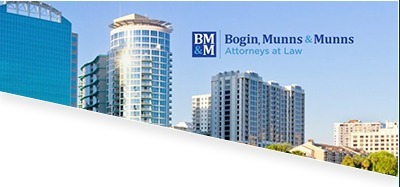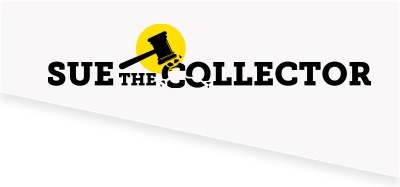Search engine optimization (SEO) consists of many important components. From site structure to local SEO to link building, it can be a struggle to keep up with everything that’s involved in optimizing your website for search engines.
One such component is internal linking – the practice of linking from one of your web pages to another web page on your own website. Incorporating internal linking into your SEO strategy can bring many benefits, such as users staying on your website for longer and the ability to direct prospective customers to your sales page.
Below, you can find out what internal links are and why they are important for your business’s SEO.
What are Internal Links?
Internal links are hyperlinks that point from one page on a single domain to another web page on the same domain. In terms of your website, this means you include a link from one page or post to another page or post on your site.
You might have seen internal links in the form of “click here” or “read our guide” if that text directed you to additional pages on the same website. This is good practice when it comes to SEO because it keeps users on a website for a longer period of time.
Here is an example of the code that might be used to indicate an internal link:
Website owners use internal links for three reasons:
- To direct users to other pages on their website
- To provide an easy-to-navigate site structure
- To spread link equity (aka PageRank) throughout their site
Internal Linking Best Practices
While it’s always recommended that you include internal links throughout your site, there is a way to do it to make those links even more effective. By following internal linking best practices, you can improve your website’s SEO, rankings, traffic generation, and even leads.
Essentially, internal linking best practices are all about establishing an SEO-friendly site structure that’s easy for search engines (and humans) to navigate.
Avoid “Orphan” Pages
Many websites make the mistake of burying their important pages in their website, making them hard to find for users and search engines. These pages that do not have any pages linking to them are called “orphan pages” because they are essentially abandoned – not able to be found by users navigating your site.
You want to adopt a robust internal linking structure in which all of your pages and posts are being linked to. You can do this by linking to your most important pages in your main menu, linking from those pages to subpages on your site, including Categories on your blog, and linking from your new blog posts to older blog posts.
Here is an example of what this might look like:
Used Keyword-Rich, Relevant Anchor Text
Anchor text is the text you use when linking from one page to another, such as “click here” or “read more”. But these two examples are far from ideal. Instead, you’ll want to include relevant keywords and text that’s descriptive of what users will find when they click on the link.
For example, if you are linking from your article about content marketing strategies to your article about SEO copywriting, you might want to use “SEO copywriting guide” or “SEO copywriting tips” as anchor text.
The goal is to use descriptive keywords that give users a sense of the topic that the source page is about and/or is trying to target.
Link to Your “Money” Pages
Your “money” pages are so-called because they are where the money is made. These might be your service pages, a landing page, or the Contact page on your site. Since this is where you want users to ultimately end up, you want to link to these pages from other pages on your site.
So, if you have an article about “10 Ways to Improve Your Facebook Ads” and your digital marketing agency offers Facebook Ads services, you might want to link to your “Facebook Ads Services” page. It is best practice to link to these relevant pages every time you publish a new piece of content so that users can convert into customers or clients.
Direct PageRank to Other Pages on Your Site
One of the reasons that internal links are important is because they pass ranking power from one page to another. In other words, if one page on your site has a lot of high-quality backlinks and is ranking high in the search results, it would be smart to link to additional pages on your site to give them a boost.
Of course, you want to be strategic here. You should only link to pages that are relevant to the original page and you should be selective in terms of how many pages you link to so as not to “dilute” the power of the PageRank. There are many theories around this, so test what works for you, but consider these factors when adding your internal links.
Do You Have an Internal Linking Strategy?
Internal linking is an essential component of on-page SEO. If you don’t have an internal linking strategy, you run the risk of having orphaned pages on your site, having users drop off after certain pages, and hindering the rankings of important pages on your site.
With some help, you can improve your website’s SEO and generate the traffic you deserve. Contact us to kickstart your SEO marketing strategy, or check out our blog for additional free resources.



